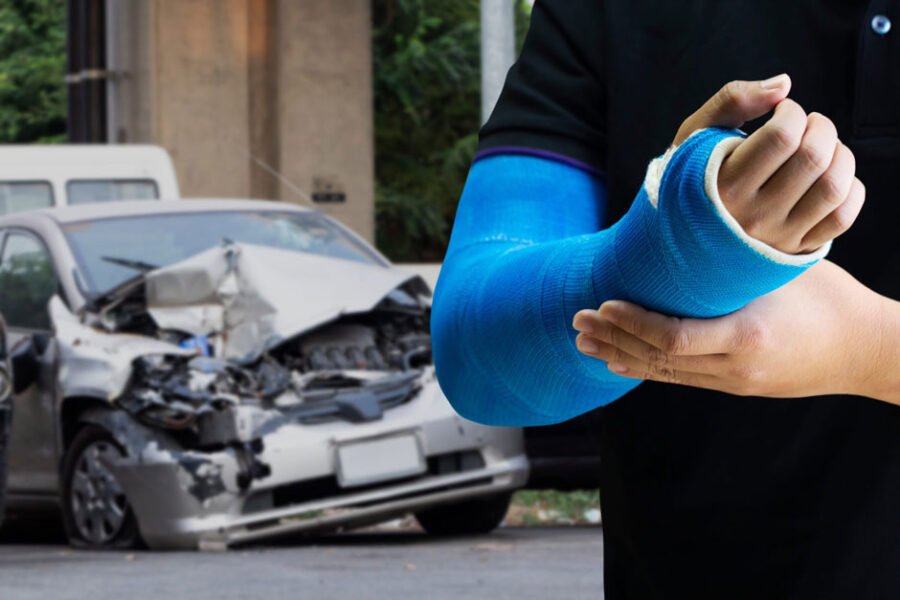Skip to the good bit
ToggleRecovering from a car accident is rarely straightforward, despite what insurance companies and well-meaning friends might suggest. While physical therapy plays an important role in healing injured bodies, true recovery extends far beyond stretching exercises and mobility work into territory that most people don’t expect or prepare for.
Accident victims face a complex web of challenges including emotional trauma, financial stress, and lifestyle changes that can disrupt their daily lives for months or even years after the initial crash. The ripple effects touch everything from career prospects to family relationships, creating a recovery process that’s much more complicated than simply fixing what’s broken.
Friends and family often wonder what to say to someone who got in a car accident, highlighting that healing involves not just physical rehabilitation but also emotional support and social understanding. Recovery becomes a journey that requires addressing multiple interconnected challenges simultaneously rather than just focusing on the most obvious injuries.
The Physical Side of Recovery
Physical injuries from car accidents range from obvious trauma like broken bones and lacerations to less visible damage such as whiplash, soft tissue injuries, and traumatic brain injuries that might not show symptoms immediately. These injuries often require extensive medical treatment, surgical intervention, and months of rehabilitation work.
Timely medical treatment becomes crucial because some injuries worsen without proper care, while early intervention can prevent long-term complications and disability. Physical therapy helps restore mobility, strength, and function, but the process is often painful, time-consuming, and frustrating for people eager to return to normal activities.
However, focusing solely on physical rehabilitation misses the broader picture of what accident victims actually experience. While repairing damaged muscles and bones is important, the physical healing represents just one component of a much more complex recovery process that affects every aspect of a person’s life.
The Emotional Impact
Post-traumatic stress, anxiety, and depression frequently develop after car accidents, especially when injuries are severe or when the crash involved particularly frightening circumstances. Many victims experience flashbacks, nightmares, or panic attacks that can persist long after physical injuries heal.
Fear of driving again often creates significant lifestyle limitations, particularly for people who depend on driving for work or daily activities. This loss of independence can be devastating for adults who previously enjoyed freedom and mobility, creating feelings of helplessness and frustration.
Counseling and support groups provide essential tools for processing trauma and developing coping strategies, but many accident victims resist mental health treatment due to stigma or the mistaken belief that they should be able to handle emotional challenges on their own. Professional help often proves crucial for complete recovery.
Financial and Practical Struggles
Medical bills accumulate quickly after serious accidents, often reaching tens of thousands of dollars before victims even understand the full extent of their injuries. Car repairs or replacement costs add to the financial burden, particularly when insurance coverage proves inadequate.
Lost wages compound the problem as injuries prevent people from working while expenses continue mounting. Even with disability benefits or workers’ compensation, most families face significant income reduction during recovery periods that can last months or years.
Insurance battles and legal claims create additional stress as victims navigate complex systems while dealing with pain and emotional trauma. The process of fighting for fair compensation often feels like a second full-time job when people are least equipped to handle additional challenges.
Social and Relationship Effects
Family relationships often strain under the pressure of caregiving responsibilities, financial stress, and personality changes that sometimes follow traumatic brain injuries or chronic pain conditions. Spouses and children must adjust to new roles while the injured person struggles with loss of independence.
Friends may initially offer support but gradually drift away as recovery drags on longer than expected, leaving victims feeling isolated during their most vulnerable periods. Social activities that once brought joy may become impossible due to physical limitations or financial constraints.
The importance of maintaining strong support networks becomes clear as recovery progresses, but building and sustaining these relationships requires effort from both victims and their supporters. Communication about needs, limitations, and expectations helps prevent misunderstandings that can damage important relationships.
A Holistic Approach to Recovery
Integrating physical therapy with mental health counseling, financial planning, and social support creates a more comprehensive approach to healing that addresses the interconnected challenges accident victims face. This coordination requires active management but produces better outcomes than treating each issue separately.
Combining medical treatment with therapy helps address both the physical symptoms and emotional impacts of trauma, while lifestyle adjustments accommodate new limitations and build resilience for long-term success. This might include career changes, home modifications, or developing new hobbies that work within physical constraints.
Long-term strategies for maintaining progress include building sustainable exercise routines, developing stress management skills, creating financial safety nets, and nurturing relationships that provide ongoing support. Recovery becomes an ongoing process rather than a destination with a clear endpoint.
Rebuilding Life After Trauma
Recovery from car accidents involves much more than healing broken bones or regaining lost mobility. The process touches every aspect of life, from emotional well-being and financial stability to relationships and future plans that may need significant adjustment.
Understanding the complexity of this journey helps both victims and their support networks set realistic expectations and seek appropriate help for all aspects of recovery. Physical therapy represents just one tool in a larger toolkit that includes mental health support, financial planning, and social connection.
Taking a holistic approach that addresses physical, emotional, financial, and social challenges simultaneously gives accident survivors the best chance of not just recovering but building stronger, more resilient lives than they had before their accidents. Recovery becomes an opportunity for growth rather than just a return to previous functioning.







